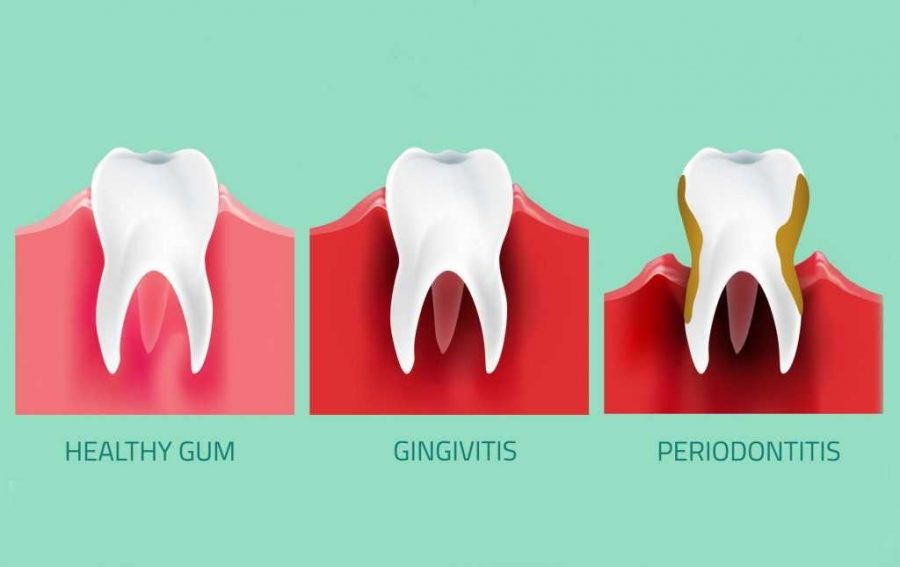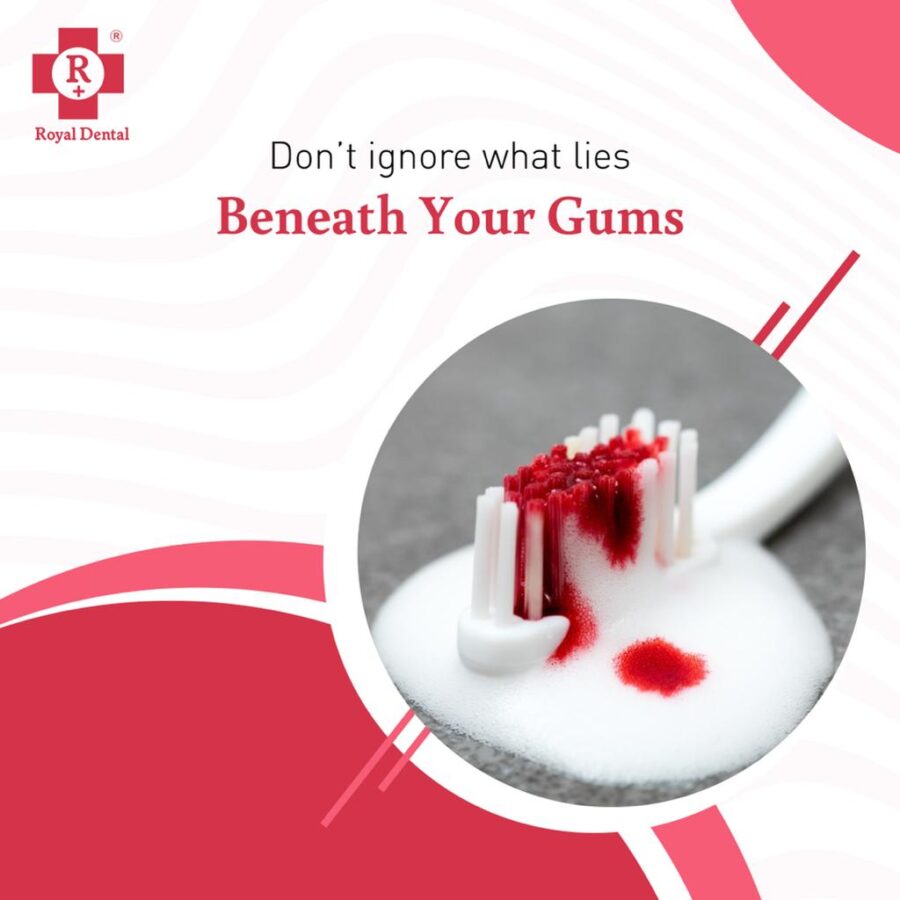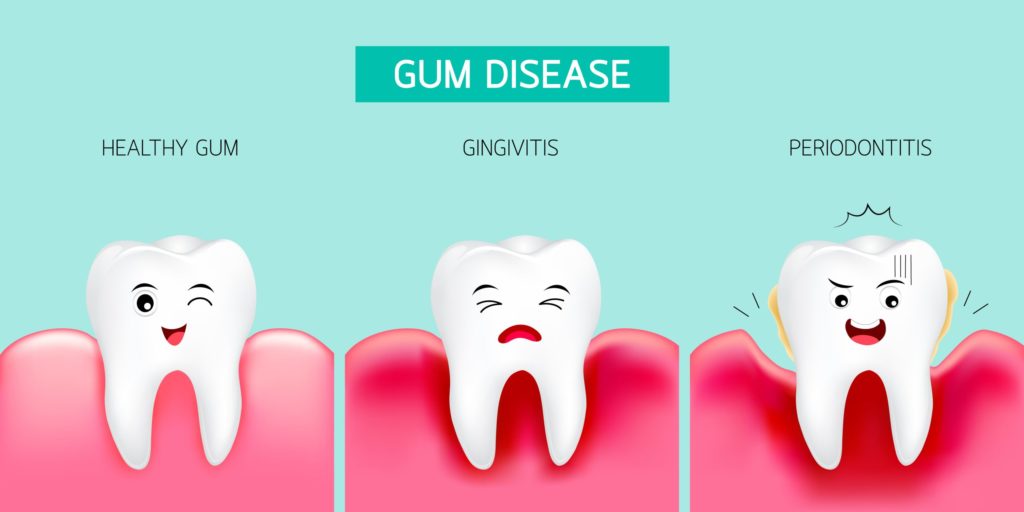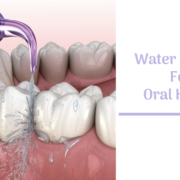There are many dental diseases out there, and each one can have a different effect on your oral health. Some of them are minor and may not require treatment right away. But others may be serious and need to be addressed sooner rather than later. Therefore, it’s important to know what the two most common dental diseases if you notice any signs. If you have neglected your teeth for a long time or don’t practice good oral hygiene. There is a high likelihood that you will develop one of the two most common dental diseases – gingivitis and periodontitis. Both of these conditions affect your gums and jawbone, which can cause further damage if left untreated.
What is gingivitis dental disease?
Gingivitis is a condition in which the gums begin to swell and bleed easily. It usually begins as a mild infection, but if left untreated it can quickly progress to more serious problems. Gingivitis is characterized by red and swollen gums that may also have tiny pockets of pus forming at their base. If you have gingivitis, you may also notice bad breath and a decreased amount of saliva. If left untreated, gingivitis can cause your gums to pull away from your teeth and form pockets of infection that may become difficult to treat.

Gingivitis is primarily caused by not brushing your teeth regularly, but certain factors can make it more likely, including genetics, certain diseases, and taking certain medications. You can prevent gingivitis by brushing your teeth twice a day with a soft toothbrush, flossing regularly, and visiting your dentist for cleanings.
What is periodontitis dental disease?
Periodontitis is a more severe form of gum disease in which your gums become inflamed and your teeth start to become loose. It occurs when the bacteria in your mouth build up and start to attack your gums, leading them to become swollen, red, and bleed easily. Over time, the bacteria can also begin to destroy the ligaments and bone that support your teeth, leading to an even more severe infection.
Although periodontitis can be caused by any type of bacterial infection in your mouth. It is most commonly caused by a type of bacteria known as plaque. Which forms when bits of food get stuck in your teeth. You can easily prevent plaque by brushing your teeth twice a day with fluoride toothpaste, flossing, and using an electric toothbrush.
Which symptoms should you watch out for?
The two most common dental diseases are often difficult to notice, and many people don’t realize they have these conditions until the damage has become severe. If you notice signs of gingivitis or periodontitis, be sure to visit your dentist as soon as possible as these diseases can quickly worsen and lead to serious health complications. Some of the most common symptoms of gingivitis and periodontitis include:
Swollen gums – Red and swollen gums are one of the most common signs of gingivitis. If you have this dental disease, your gums will be tender and may bleed easily when you brush your teeth or have dental work done.
Bad breath – Gingivitis and periodontitis can cause a buildup of bacteria in your mouth that can lead to bad breath. If you notice that your breath smells foul, you may have one of these dental diseases without even realizing it.
Tooth pain – It is rare, but gingivitis and periodontitis can sometimes cause tooth pain. It is usually mild and can usually be easily treated. But if it persists you may have one of these dental diseases.

How can you prevent these diseases?
Luckily, there are many ways you can prevent gingivitis and periodontitis from occurring. The best way to prevent both of these diseases is to practice good oral hygiene.
This includes brushing your teeth twice a day using fluoride toothpaste, flossing daily, and rinsing your mouth with mouthwash. If you have been diagnosed with one of these conditions. Your dentist may also recommend using special mouthwash and getting a special toothbrush.
Finally, you should also be sure to visit your dentist at least once a year for a cleaning. During this visit, your dentist will check your teeth and gums for signs of gingivitis and periodontitis and will treat them if necessary.
Conclusion
If you are concerned about your oral health. You sh
ould visit the dentist regularly for cleanings and checkups to make sure that nothing is developing into a more serious problem. With proper care, you can greatly reduce your chances of getting dental diseases.






